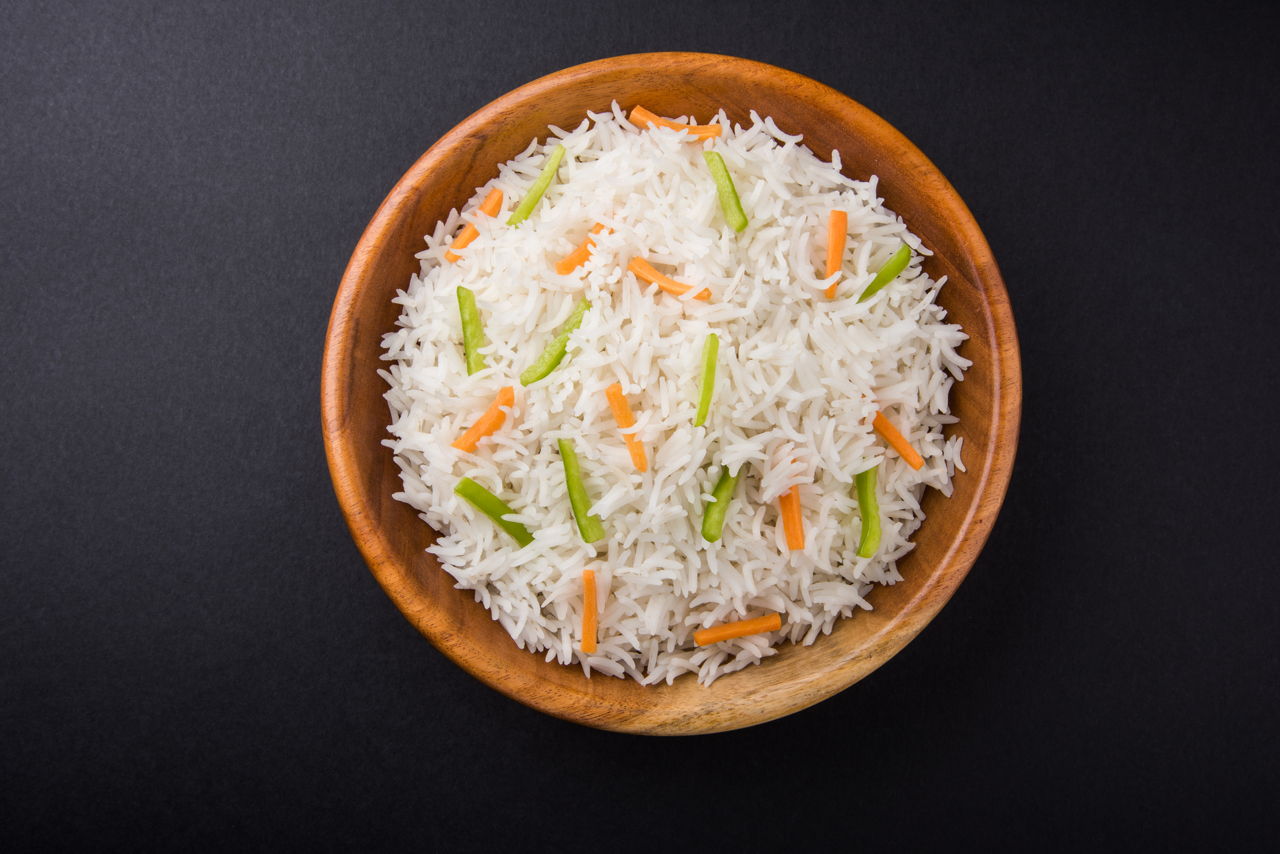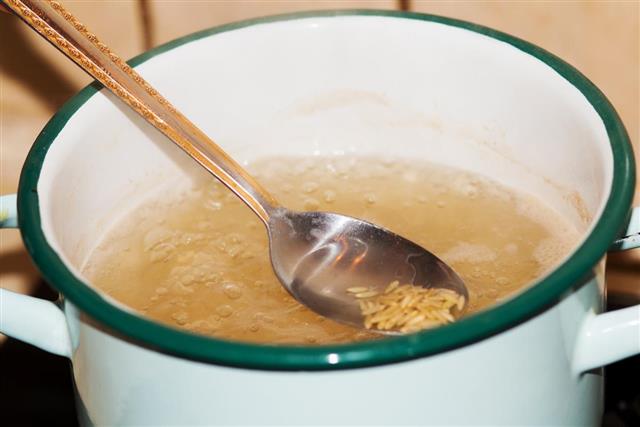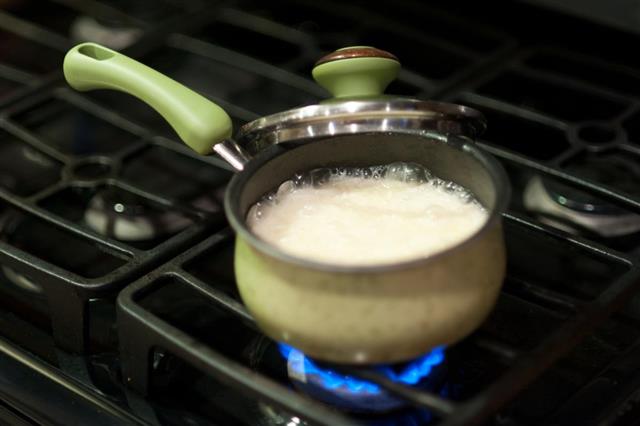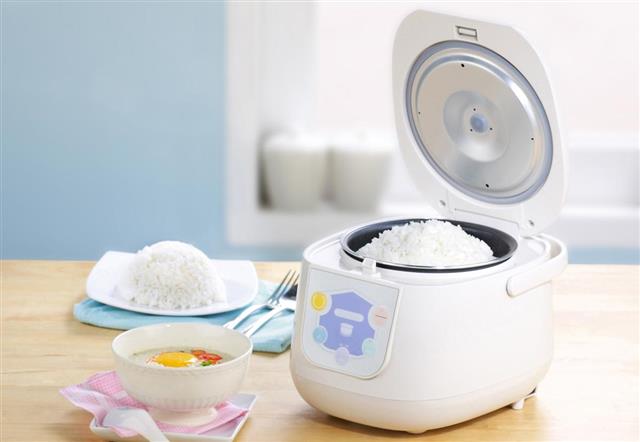
Basmati rice is used extensively in Indian cooking. It is important to know the right method to cook it, else you will not be able to enjoy the rice, as much as you can. Let’s see how do we go about cooking basmati rice.
India and Pakistan are the two largest cultivators and exporters of basmati rice. The translation of basmati in the Hindi language is “the fragrant one”, and the name could not have been more apt. This is because it has an enticing fragrance even when not cooked. After cooking, the aroma spreads really far and wide. It is actually a long-grain rice which is famous for its subtle aroma and delicious taste. The specialty of this rice is that the grains are much longer than the regular variety, and they become even longer as they begin to cook. Also, the grains stay firm, fluffy, non-sticky, and separate after cooking. It is a fantastic option for mixing with spicy foods and sauces because of its fluffiness.
Different Ways of Cooking
On a Stove
- Put the rice in a saucepan, and rinse it thoroughly with cold water to ward off excess starch. It is preferred to wash it two to three times. After that, soak it in water for 20 to 30 minutes so that the grains do not break.
- Next, drain the water. Now, to cook, you will require 1 cup rice and 1½ cups of water. If you wish to cook a greater amount, always remember to take the rice and water in the ratio of 1:1½.
- Cover the saucepan with a tight-fitting lid, and bring the rice to a boil.
- If feasible, use a heavy pot for cooking. Do not disturb the rice in the middle of cooking, as it can cause the grains to break.
- After the rice comes to a boil, reduce the heat, and let it simmer for 12 – 14 minutes before turning off the heat.
- Remove the saucepan from the heat, and let it stand covered for another 5 – 10 minutes until you are ready to serve.
- After opening the lid, you will notice that the rice would have absorbed all the water and will just need fluffing up with a spoon.
In a Rice Cooker
- Take the appropriate quantity of rice, and wash it thoroughly two to three times with water to remove the starch.
- Next, soak it in water for 20 to 30 minutes so that your cooked rice is firm and does not break. Follow this by draining the water.
- Now, put the rice in the bowl of the cooker.
- Adjust the water amount, depending on the quantity of rice taken. For example, if you take 1 cup rice, you will need 1¼ cups of water. This ratio will keep the rice grains more tender. However, if you want firm rice, then you will need just 1 cup of water. Switch on the rice cooker.
- When the rice is cooked, the cooker will automatically turn down the heat. Therefore, the chances of the rice getting burnt are nullified.
Cooking Brown Basmati Rice
Health-conscious people generally prefer to have the brown version of this rice.
On a Stove
- Take the desired quantity of rice, and rinse it thoroughly with water two to three times.
- Soak it in water and set aside for 30 to 40 minutes.
- After discarding the water, place it in a saucepan having a tight-fitting lid. Add water and salt (optional) and bring to a boil (the salt is used to raise the temperature of water). For 1 pound rice, you will require 800 milliliters of water. Hence, you will have to adjust the amount of water in accordance with the rice quantity.
- Cover the saucepan and reduce the heat to low. Let it cook for 20 to 25 minutes until all the water has been absorbed.
- Turn off the heat, and allow the pan to stand for another 10 to 12 minutes. This will let the rice finish cooking in its own steam.
In a Microwave
When you are running behind schedule, you may prefer to use the microwave (with 350W and 750W settings).
- Take the desired quantity of rice, and wash it thoroughly under running water.
- Soak it for 20 to 30 minutes in water.
- Next, place it in a microwave-safe dish, and add the appropriate quantity of water. If you take 1 cup of rice, you will require 1½ cups of water.
- Now, cook it uncovered on high (at 750W) for about 15 minutes until steam holes begin to appear.
- Next, cover the dish and reduce the heat to 350W followed by cooking for another 5 minutes.
- Let the rice stand covered for about 5 minutes, and follow by fluffing up with a fork.
Now that you know how to cook basmati rice, you can try out the various recipes to satiate your taste buds. This article mentions only the approximate time and water required for cooking. Hence, it will be more of a trial-and-error method the first time around you cook the rice.


